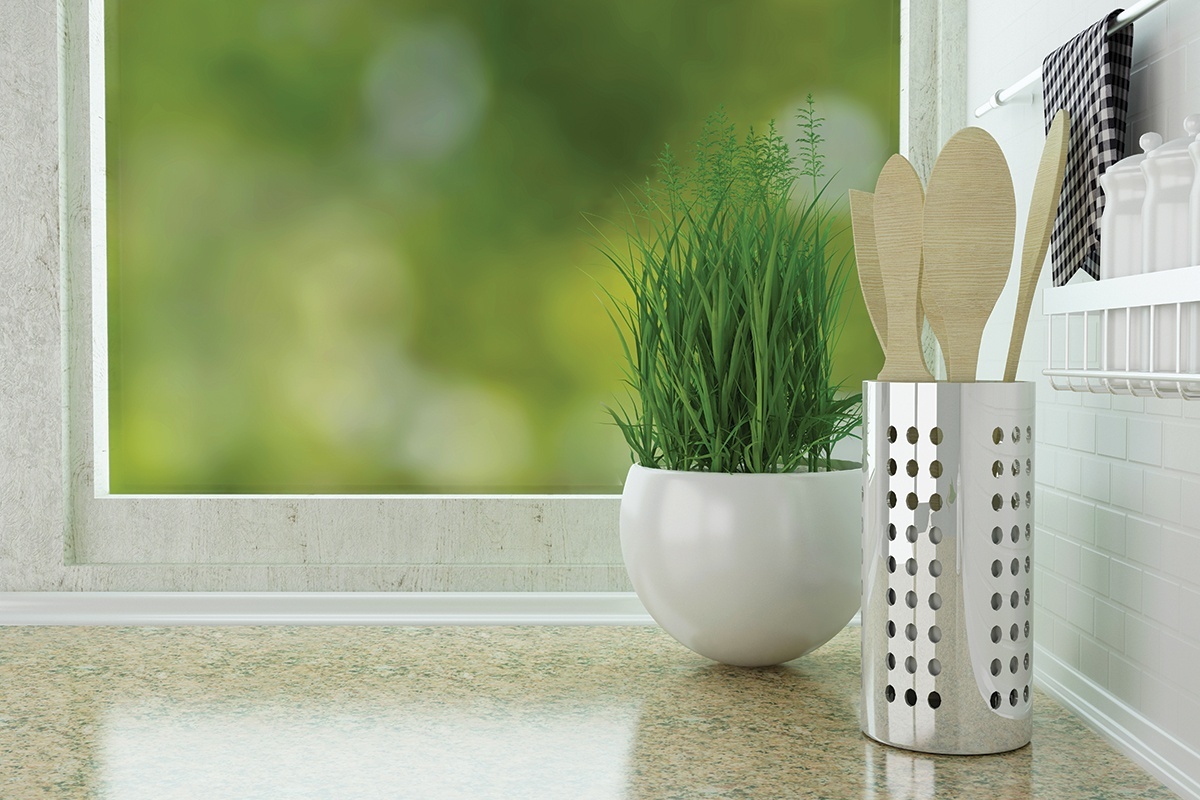Although the refrain among energy-efficiency experts is “Seal and insulate, seal and insulate,” occasionally you hear stories about newer houses being too tightly insulated, with restricted flow of fresh air leading to poor indoor air quality, mold growth and other problems. So how do you know how much is too much?
Although it is possible to seal a house too tightly, it is very unlikely in most older homes. A certain amount of fresh air is needed for good indoor air quality, and there are specifications that set the minimum amount of fresh air needed for a house. But most homes built before 2000 have many spots through which air enters or exits the house—usually too many.
A quick way to determine whether you have enough insulation is to look across your attic. If the insulation is level with or below the joists, you probably need to add more. If you can’t see the joists because the insulation is above them, then you probably have enough, and adding more likely will not be cost-effective.
The recommended level for most attics is to insulate to R-38. R-value is a measure of the insulation’s ability to resist heat flow. The higher the R-value, the better the thermal performance. For more information, including recommendations for how much insulation you should have, visit energystar.gov or energy.gov for online insulation guides.
Even if you have plenty of insulation, your home might not be performing well due to cold air leaking through other areas. Make sure to look for signs of air leaks and seal them up as you find them. Some air leaks are easy to find because they are easy to feel, including those around windows and doors and through electrical outlets. Hidden air leaks in attics and basements, and around chimneys are often more significant sources of energy loss. Consider addressing these big leaks first because they will have a greater effect on improving your comfort and reducing your utility bills.
If you are concerned about how tightly your home is insulated, hire an energy specialist to perform leakage tests using diagnostic tools and ensure that all combustion appliances are operating properly. If your home is too tight, the energy specialist might recommend that a fresh-air ventilation system be added to your HVAC system.


